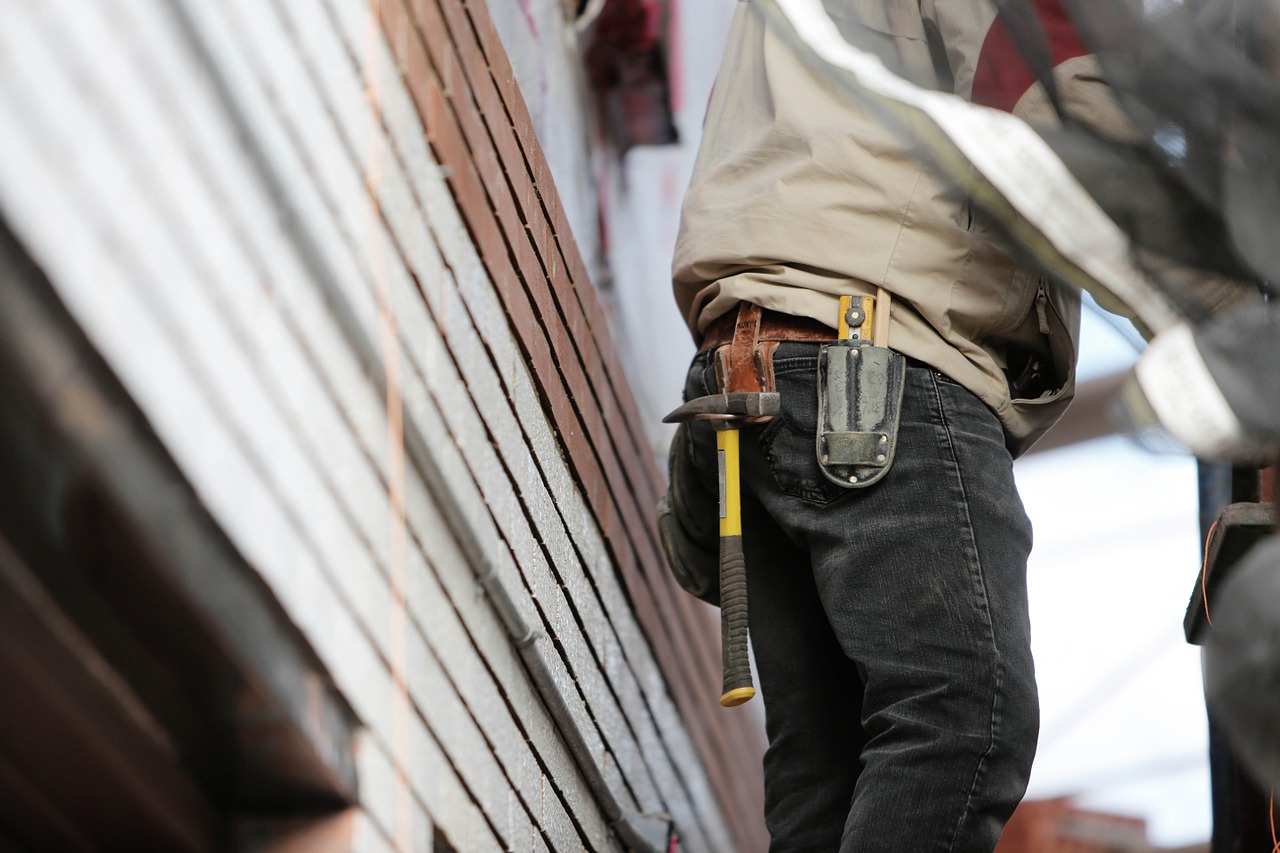Construction output drops for first time since first lockdown
Monthly output in the construction sector across the UK has fallen for the first time since the national lockdown in March.

A record 40.7% fall in April 2020 preceded a steady monthly increase in figures reported by the Office for National Statistics (ONS).
However, December 2020’s results saw this trend reversed as output was 2.9% lower than November, falling to £13,516 million and its lowest level since August.
New figures published today show output fell because of falls in both new work (3.8%) and repair and maintenance (1.5%). Following this monthly fall and upward revisions to February 2020 monthly growth, the December 2020 level of output is 3.5% below the pre-coronavirus February 2020 level.
Quarterly construction output grew by 4.6% in Quarter 4 (Oct to Dec) 2020 compared with Quarter 3 (July to Sept) 2020; this was driven by quarterly growth in both new work (4.0%) and repair and maintenance (5.5%).
The increase in new work (4.0%) in Quarter 4 2020 was because of quarterly growth in all new work sectors, apart from private commercial, which decreased by 1.6%.
The increase in repair and maintenance (5.5%) in Quarter 4 2020 was because of growth in all repair and maintenance sectors; the largest contributor was non-housing repair and maintenance, which grew by 5.5%.
All work fell by 12.5% in 2020 compared with 2019; this was the largest decline in annual growth since 2009 where output fell 13.2%.
New orders decreased by 8.8% (£962 million) in Quarter 4 2020 compared with Quarter 3 2020, following the record quarterly growth of 71.8% in Quarter 3 2020.
Mark Robinson, group chief executive at SCAPE, said: “As the output growth declines and the road ahead remains challenging, we must adopt a long-term plan for the future.
“Contractors continue to experience material shortages and price rises caused by the ongoing delays at UK and European ports. The government has made clear that sites should remain open to drive the UK’s economic recovery, however the impact of a third national lockdown and rises in Covid cases have delayed project delivery.
“All eyes will be on the Chancellor’s Budget next month, in the hope that measures to alleviate financial pressures on the sector, along with a continued commitment to public infrastructure spending remain in the Treasury’s plans. Urban regeneration projects that will add value to local economies and communities must be at the heart of a sustainable, long-term recovery if we’re fully committed to building back better.”
Gareth Belsham, director of the national property consultancy and surveyors Naismiths, said: “Economic gravity has finally caught up with the UK’s construction sector, which at times last year appeared to be in a boom while other industries were in a bust.
“December’s fall in output is a drop in the ocean compared to the eyewatering 40% contraction suffered last April.
“Nevertheless the slowdown matters because it has undone some of the great progress made over the summer and autumn.
“Across 2020 as a whole, output shrank by 12.5%, its worst performance since the collapse of 2009.
“Of course these things are relative – the UK economy as a whole shrank by almost 10% in 2020, its largest annual contraction on record.
“But December’s slowdown means that construction ended 2020 with monthly output 3.5% smaller than its pre-pandemic level, and this is calling into question the sense of construction’s exceptionalism.
“After months of optimism and strong demand, new orders across the industry slowed in the final quarter of the year. Things were more upbeat for housebuilders – who saw new orders for private sector homes jump by 6% compared to the previous quarter.
“The net effect of this data is to give the industry a reality check. While construction’s recovery is happening much quicker than the painfully slow return to growth seen after the Global Financial Crisis, progress is still fragile and the breathless rate of growth seen last summer is unlikely to return.”
Clive Docwra, managing director of construction consultancy and design agency McBains, added: “Following a period of successive months of growth where output had been gradually picking up, today’s figures are hugely concerning. Output was 3.5% below pre-coronavirus levels in December compared to November.
“The reason for the recovery over the previous months was due in no small part to a strongly performing housing sector. But the imminent end of the stamp duty holiday could see a reverse, especially when today’s figures show that private new housing work already fell by 3% in December.
“New commercial work contracts remain at low levels, with today’s figures showing a 6% fall in private commercial work. This is in part due to the office sector deciding on what changes to make to its real estate as a result of the pandemic and the impact on working patterns.
“All this uncertainty means that continued government public spending commitments are necessary to support an industry that is still feeling its way back after the impact of Covid-19.”























